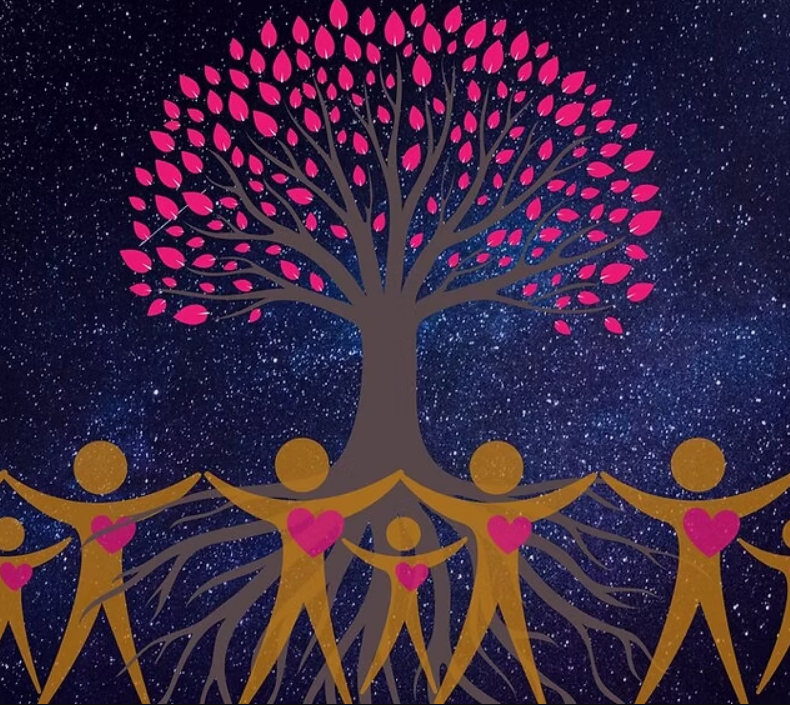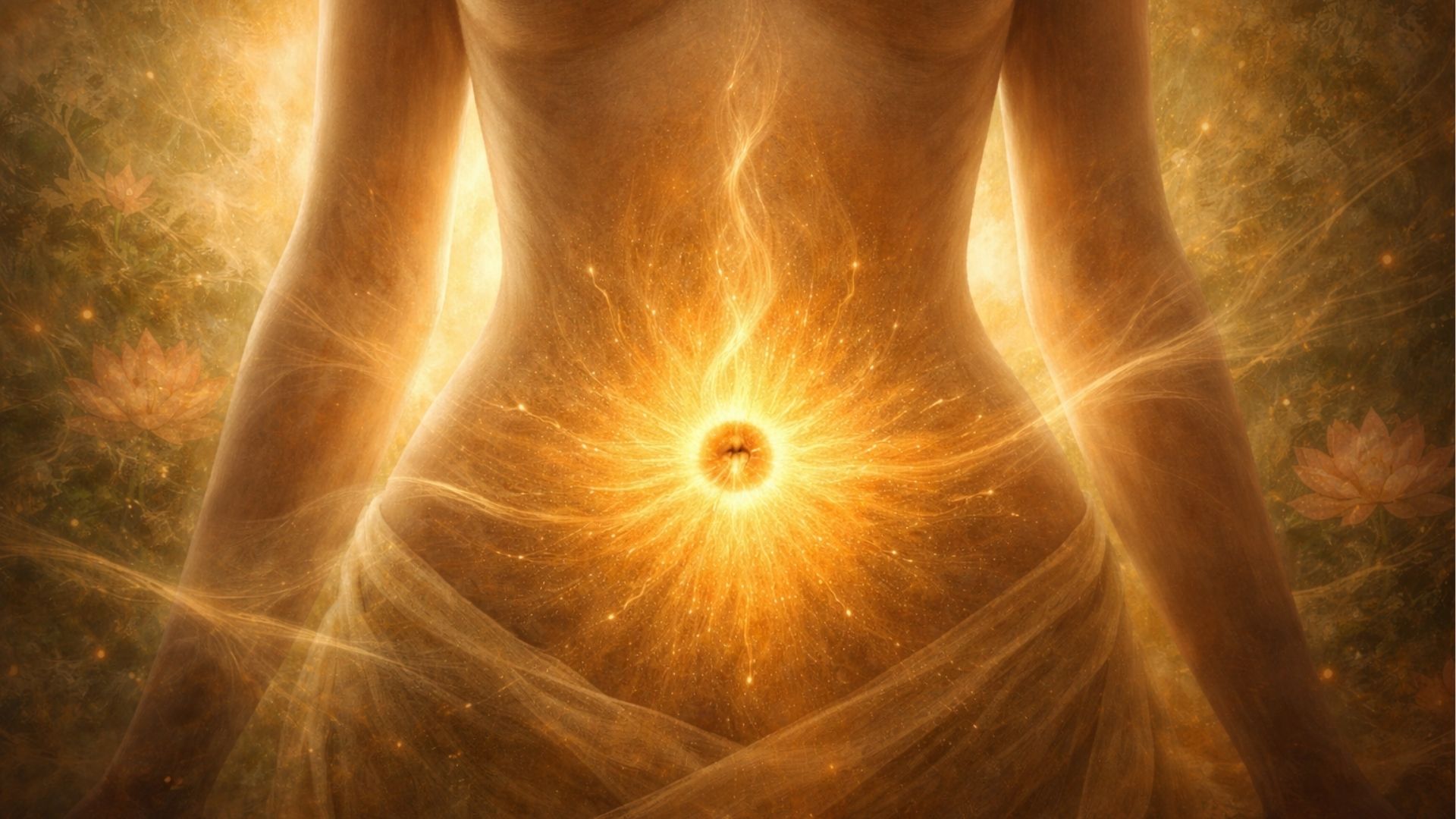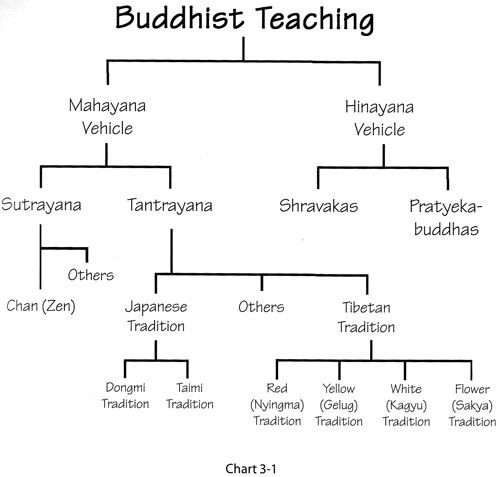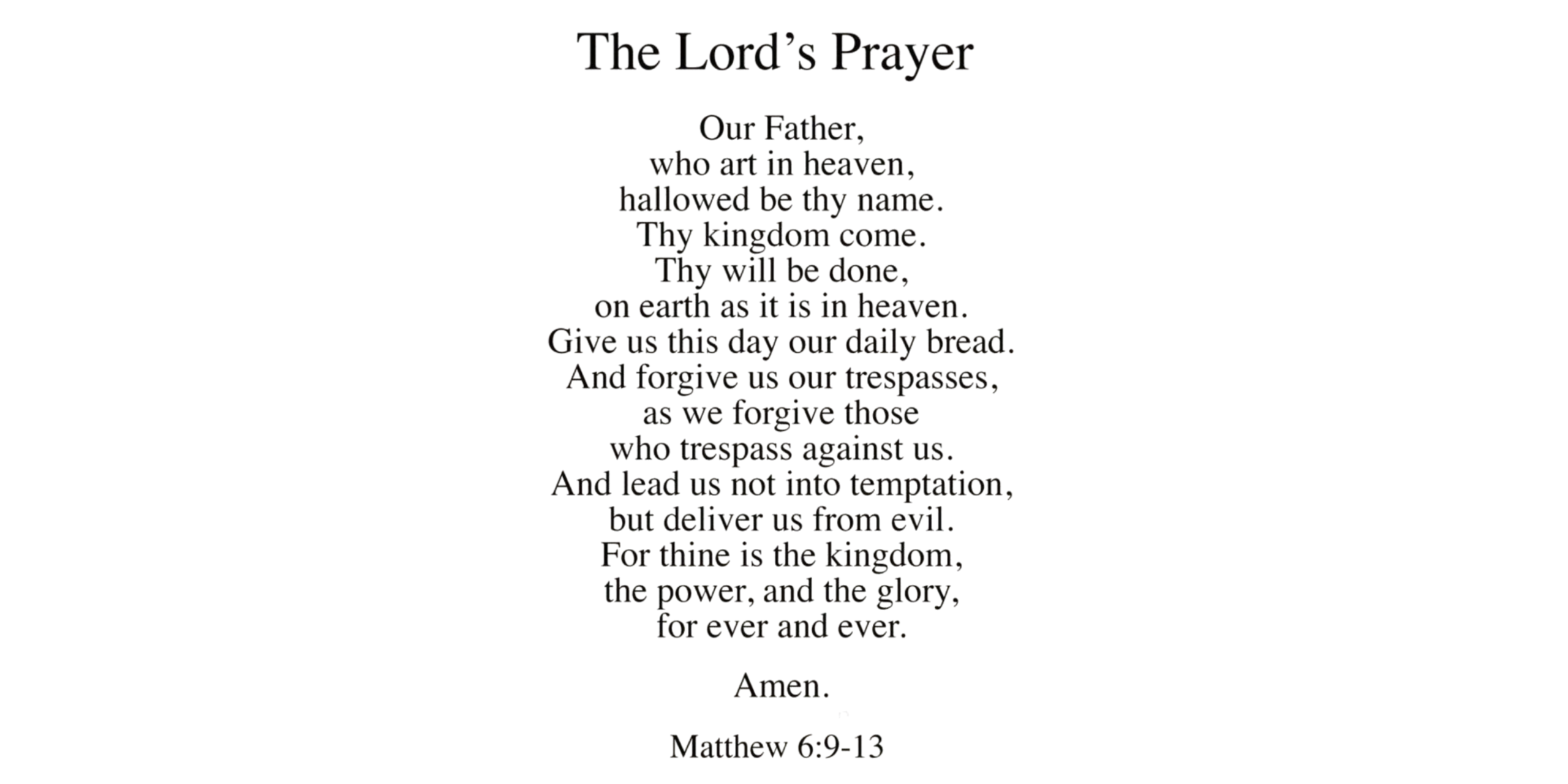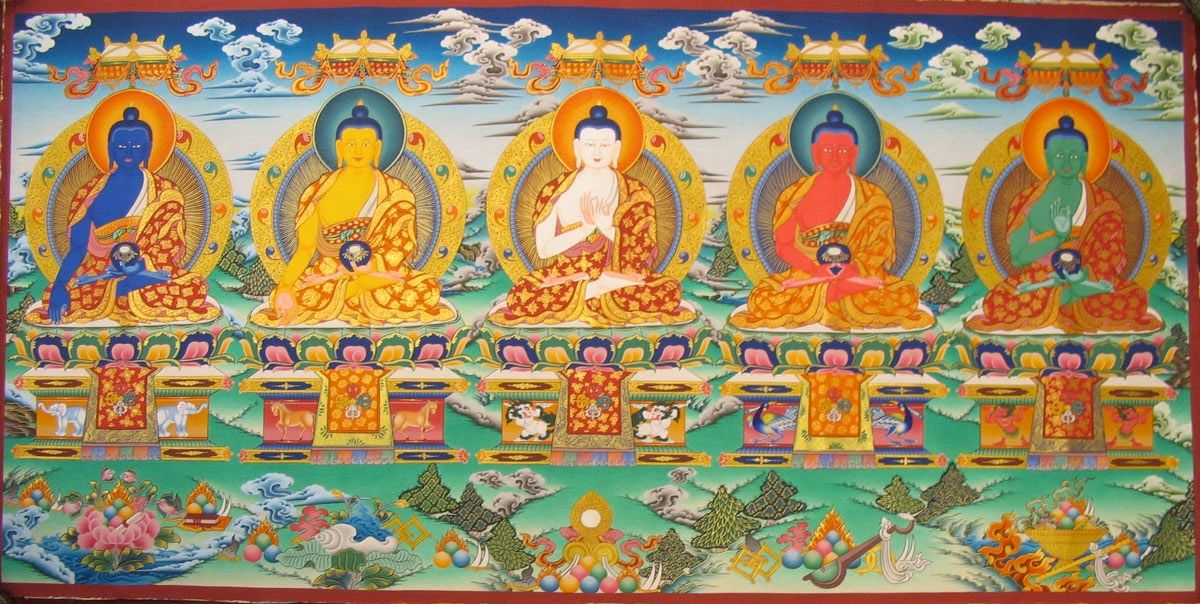When we think about healing, our minds often go straight to the body or the mind. But healing can also reach far beyond our personal experiences. Sometimes, the struggles we carry are not entirely our own. They are woven into us through the threads of family history. This is where ancestral healing comes in.
It’s a practice that recognises how the experiences, traumas, and choices of our ancestors can shape who we are today. At its core, ancestral healing is about releasing what no longer serves us while embracing the strengths that have been passed down through generations.
What is Ancestral Healing?
Ancestral healing is the process of working with the unresolved energies, wounds, or patterns within a family line. It’s based on the idea that trauma doesn’t just vanish with time. Instead, it can ripple forward, influencing future generations in ways that might feel invisible but are deeply impactful.
For example, if generations before us lived through wars, poverty, or discrimination, those experiences may have left emotional imprints. These can show up in our lives as fears, repeating relationship issues, or even unexplained anxieties. By bringing awareness to these inherited patterns, we open a door to healing not just for ourselves but also for those who came before and those who will come after.
Why It Matters
Sometimes, people notice recurring challenges in their families. It could be cycles of addiction, financial struggles, or broken relationships. Other times, it’s subtler—like a persistent feeling of guilt, shame, or the need to carry burdens that don’t quite make sense.
Ancestral healing invites us to ask: Are these struggles truly mine, or are they inherited?
By exploring this, we allow space for freedom. Healing these patterns can shift the energy within families, bringing peace to places where there was once silence or pain.
How Ancestral Patterns Show Up
Here are a few ways ancestral wounds can make themselves felt:
- Repeating family patterns: Similar struggles seen across multiple generations.
- Unexplained emotional weight: Carrying guilt, fear, or sadness without a clear personal reason.
- Relationship struggles: Difficulty forming or maintaining healthy connections.
- Health issues: Some studies suggest unresolved trauma may affect stress responses and physical health.
- Cultural or collective trauma: Historical events such as colonisation, migration, or displacement leaving a lasting impact.
These patterns are not a life sentence. Recognising them is the first step toward transforming them.
Ways to Practice Ancestral Healing
There is no single path to ancestral healing. Different traditions, cultures, and individuals approach it in unique ways. Here are some commonly practised methods:
- Meditation and reflection: Quietly connecting with your lineage and setting intentions for healing.
- Rituals and ceremonies: Honouring ancestors through prayer, offerings, or cultural practices.
- Family constellations therapy: A group process that reveals hidden family dynamics and offers pathways to resolution.
- Journaling: Writing letters to ancestors or recording family stories to uncover patterns.
- Energy healing: Practices like Reiki, shamanic work, or breathwork to release blocked energy.
- Counselling or therapy: Exploring family history and intergenerational trauma with professional support.
Each of these methods offers a way to shine light on the past while creating space for healing in the present.
The Role of Forgiveness and Compassion
A key part of ancestral healing is learning to hold compassion for those who came before us. Many of our ancestors lived through challenges we cannot fully imagine. They made choices with the tools and knowledge they had at the time.
This doesn’t mean excusing harmful behaviours. Instead, it’s about acknowledging their humanity and allowing forgiveness to soften the grip of old wounds. Forgiveness, in this sense, is less about the past and more about freeing ourselves in the present.
The Gifts of Ancestry
It’s important to remember that ancestry isn’t only about wounds. Alongside pain, families also pass down wisdom, resilience, creativity, and strength. When we connect with our lineage, we don’t just confront the challenges; we also open ourselves to receiving the blessings that have been carried through generations.
That might mean embracing a grandparent’s resourcefulness, a cultural tradition that brings joy, or the deep sense of belonging that comes from knowing we are part of something larger than ourselves.
Starting Your Own Journey
If you feel called to explore ancestral healing, start small. Here are some gentle entry points:
- Spend time learning your family’s history through stories or photographs.
- Sit in meditation and simply invite healing for your lineage.
- Light a candle for an ancestor you want to honour.
- Write about recurring patterns you notice in your family.
- Seek guidance from spiritual teachers, healers, or therapists who specialise in ancestral work.
The journey doesn’t need to be rushed. Sometimes even a simple act of acknowledgement is enough to begin the healing process.
Closing Thoughts
Ancestral healing is not about dwelling on the past. It’s about recognising that we are connected to it, shaped by it, and capable of transforming it. By engaging with our ancestral stories, we free ourselves from patterns that no longer belong to us and step more fully into our own lives.
Healing our lineage is an act of love—not only for ourselves but for those who walked before us and those who will walk after. It’s a reminder that we are all part of a greater tapestry, one that continues to evolve with every choice we make.
At Masi Wellness, we believe that reconnecting with your roots can be a profound step in personal growth and inner balance. Ancestral healing offers a way to turn inherited pain into wisdom and strength, creating space for a more peaceful future.

